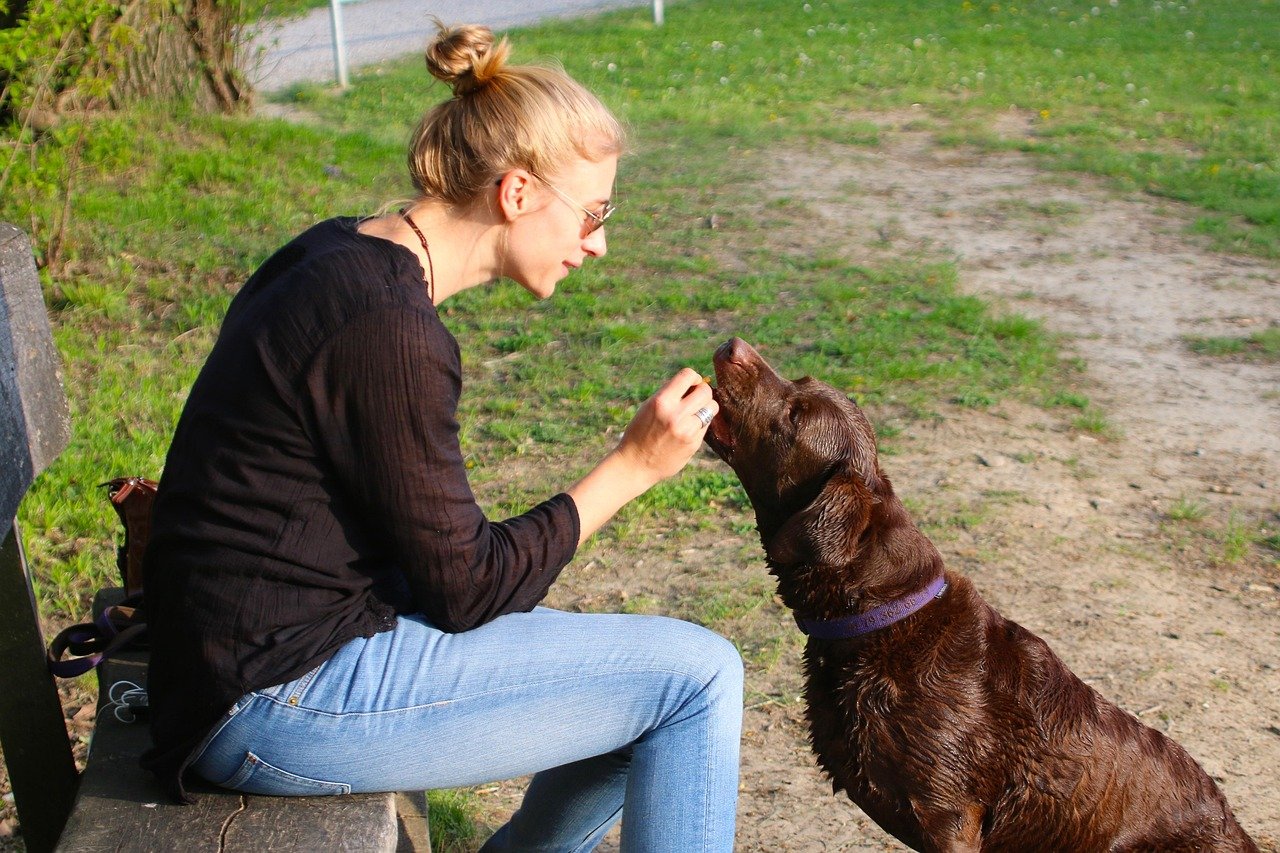Understanding how to calm an aggressive dog can be a lifesaver, not just for the dog, but for everyone around it. Dog aggression can stem from fear, anxiety, or even a natural protective instinct — and while it can feel overwhelming, it’s important to remember that aggression is often just a cry for help. With patience, consistency, and the right approach, you can transform these challenging situations into opportunities for growth and bonding. By learning to recognize triggers and using positive reinforcement, you’ll help your dog feel safe and understood. Let’s dive into ten positive methods that can help you regain control and bring peace to your furry friend.
Recognize the Signs of Aggression
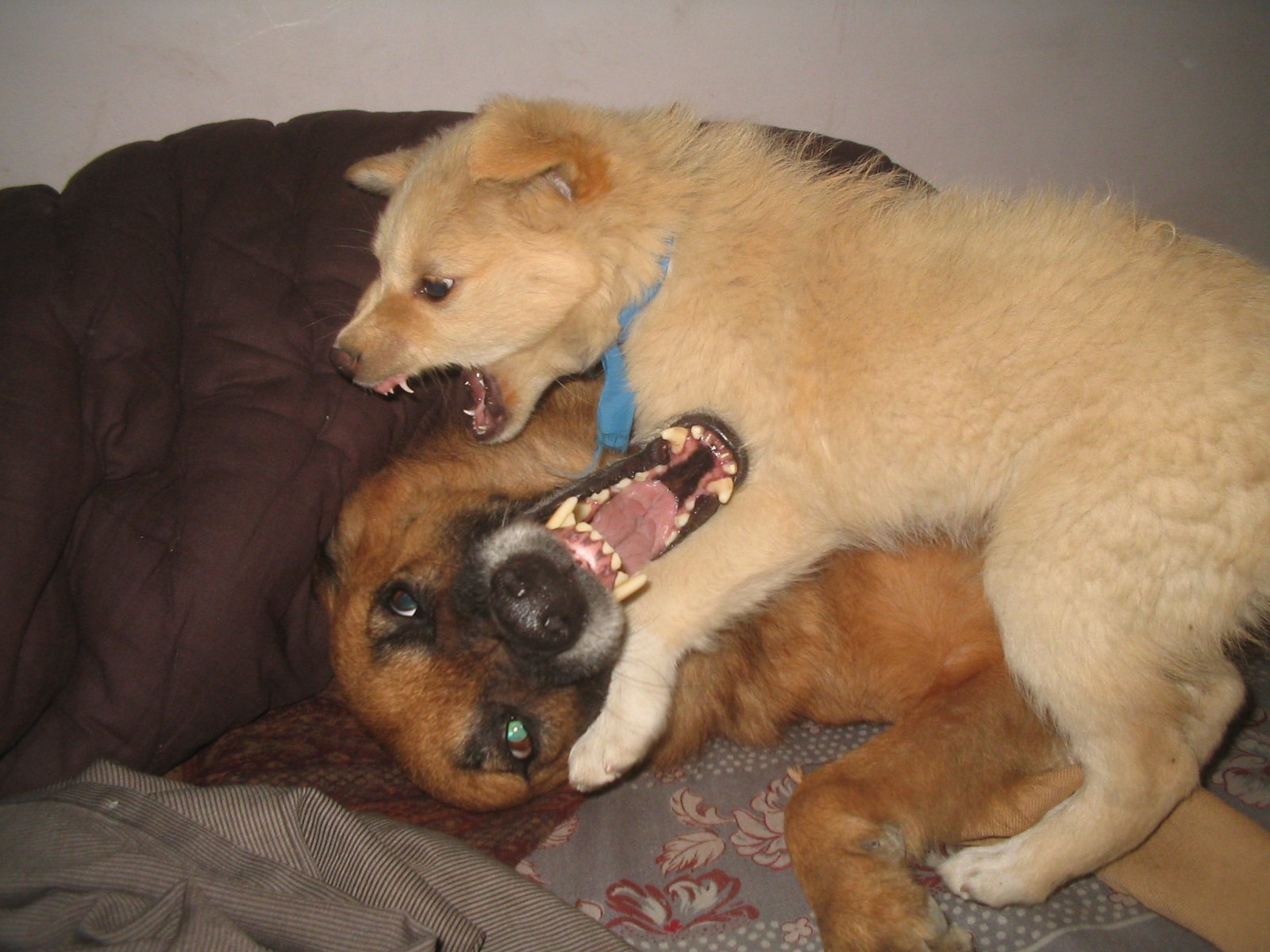
Before addressing aggression, it’s crucial to understand its signs. Dogs often show aggression through growling, barking, snarling, or even bared teeth. Sometimes, their body language, like a stiff tail or raised hackles, can indicate discomfort. Recognizing these signs early can prevent a situation from escalating. Just like how a storm gives warning with dark clouds, a dog’s body language is its way of communicating distress. By being observant, you can intervene before things get out of hand.
Stay Calm and Composed
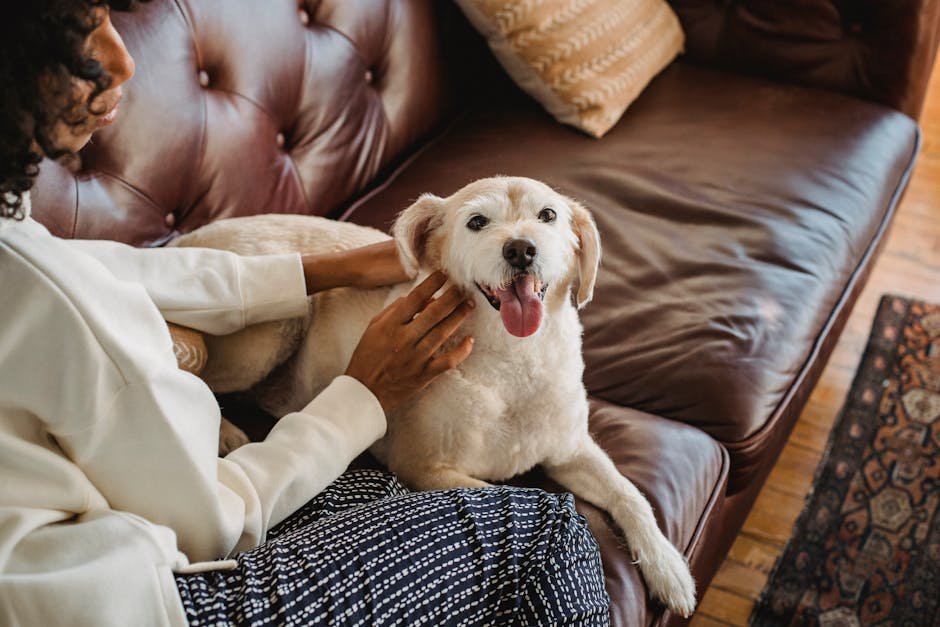
Your dog can sense your emotions, and if you react with fear or anger, it might exacerbate the situation. It’s essential to remain calm and composed. Think of yourself as the anchor in a stormy sea; your calmness provides stability. Speak in a soft, reassuring voice and avoid sudden movements. This approach not only soothes your dog but also helps you think clearly about the next steps to take.
Ensure a Safe Environment
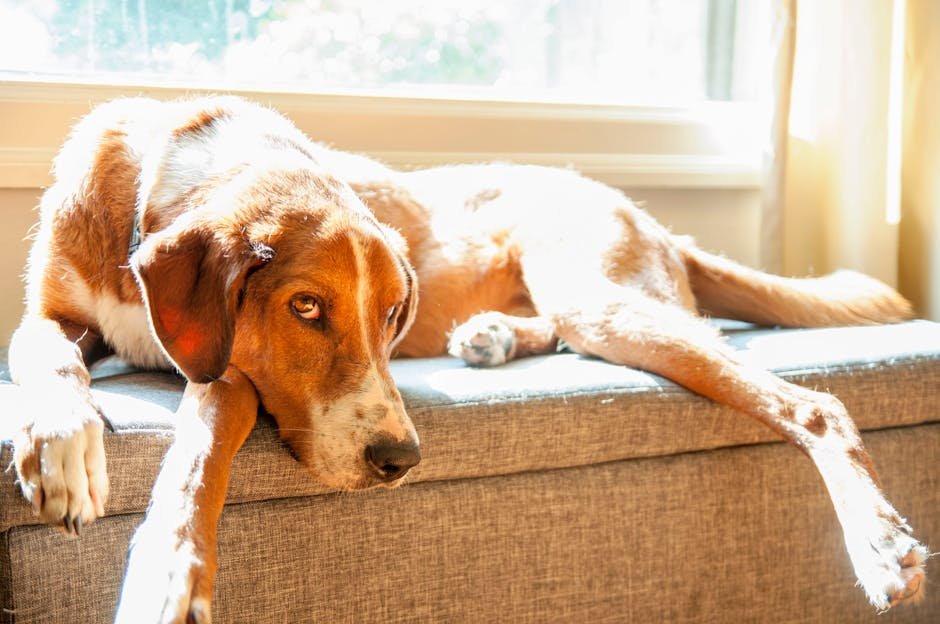
Creating a safe environment is paramount. Ensure your dog has a space where it feels secure, away from potential triggers. This could be a quiet room or a cozy corner in your home. Much like how we seek comfort in familiar places when stressed, dogs need their safe haven. Ensure the area is free from other animals or loud noises that might trigger their aggression.
Understand the Root Cause
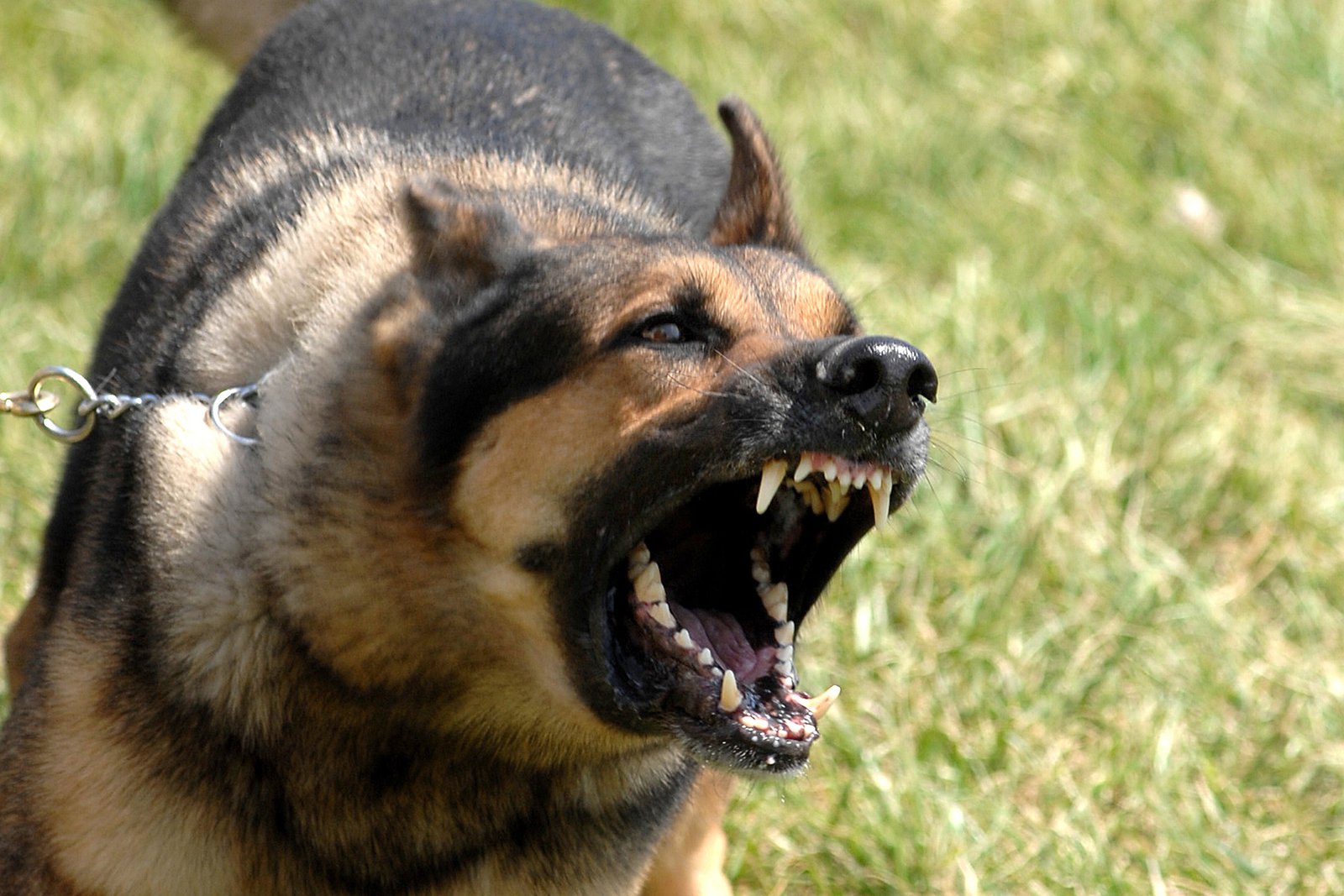
Every dog’s aggression has a root cause. It could be fear, pain, or even past trauma. By understanding this, you can tailor your approach effectively. For instance, a dog that’s aggressive out of fear might benefit from gradual socialization. Think of it as peeling an onion; you need to address each layer to get to the core of the problem. Consulting with a veterinarian or a dog behaviorist can provide insights specific to your dog’s needs.
Use Positive Reinforcement
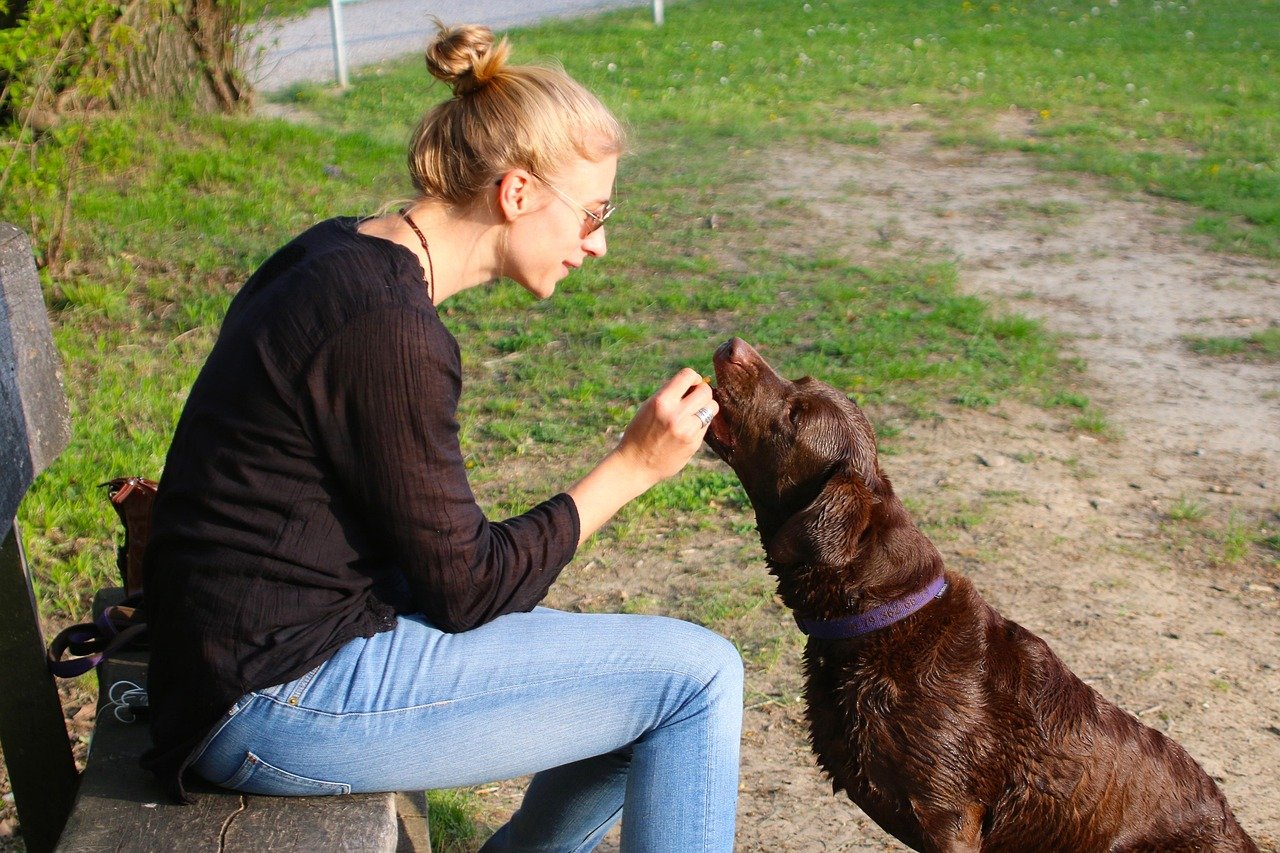
Positive reinforcement is a powerful tool. Rewarding your dog for calm behavior encourages them to repeat it. This could be in the form of treats, praise, or playtime. It’s similar to how we feel motivated at work when praised for our efforts. By associating good behavior with rewards, your dog learns that calmness leads to positive outcomes.
Engage in Regular Exercise
A tired dog is a calm dog. Regular exercise can help dissipate pent-up energy that might otherwise manifest as aggression. Think of exercise as a natural stress reliever. Activities like walking, playing fetch, or even swimming can be beneficial. As your dog burns off energy, it becomes more relaxed and less prone to aggressive outbursts.
Practice Consistent Training
Consistency is key when it comes to training. Establishing a routine helps your dog understand expectations. Use commands like “sit,” “stay,” or “leave it,” regularly. It’s akin to learning a new language; the more consistent you are, the more fluent your dog becomes. Over time, these commands can redirect your dog’s focus during aggressive moments.
Introduce Socialization Gradually
Socialization can work wonders for an aggressive dog, but it must be approached with care. Start by introducing your dog to new environments and people slowly. Just as we’d feel overwhelmed meeting too many new people at once, dogs need time to adjust. Over time, with positive experiences, your dog can become more comfortable and less reactive.
Seek Professional Help
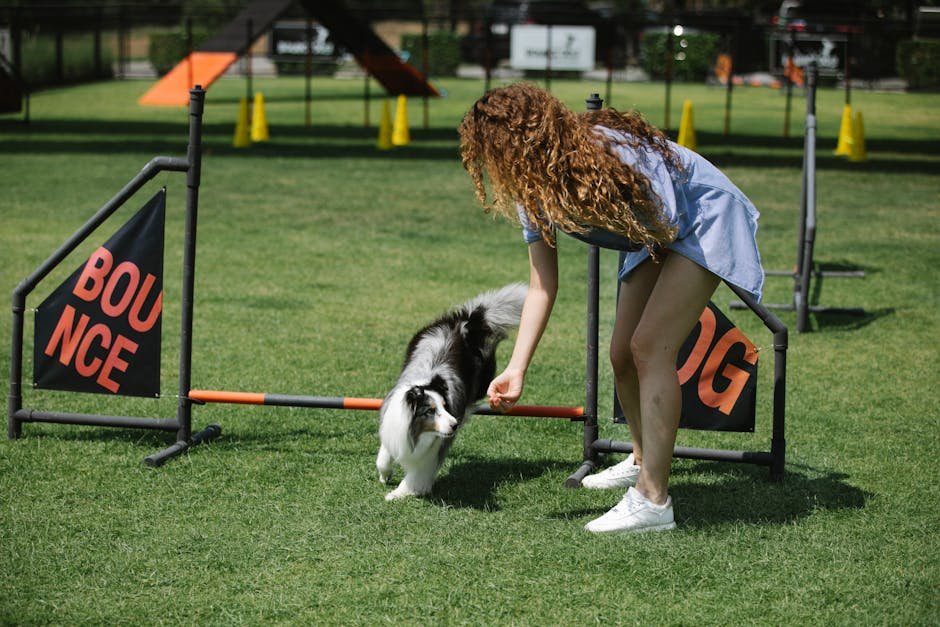
Sometimes, despite our best efforts, professional intervention is necessary. Dog trainers or behaviorists bring expertise and can offer specialized strategies tailored to your dog’s needs. Think of them as therapists for your pet; they provide insights and techniques that might not be apparent to the average dog owner. Investing in professional help can be a game-changer in managing aggression.
Be Patient and Persistent
Lastly, patience and persistence are your best allies. Change doesn’t happen overnight. Just as building a strong relationship takes time, so does calming an aggressive dog. Celebrate small victories and remain committed to the process. Remember, your dedication not only transforms your dog’s behavior but also strengthens your bond, leading to a more harmonious relationship.
By employing these positive methods, you’ll not only calm your aggressive dog but also pave the way for a more loving and trusting relationship. Patience, consistency, and understanding are key — and with time, your furry friend will learn to feel safe and secure. In the end, your effort and care will strengthen the bond you share, creating a happier, more peaceful life for both of you.


Born and bred in South Africa, a Capetonian at heart. Amy-Leigh’s love for nature and animals was inherited from her Dad. He loves taking the family on road trips to experience nature at its finest; Amy-Leigh’s favourite being whale watching in Hermanus and spotting Kudu along the West Coast. Amy-Leigh holds a BA in English Literature and Communication Studies.

